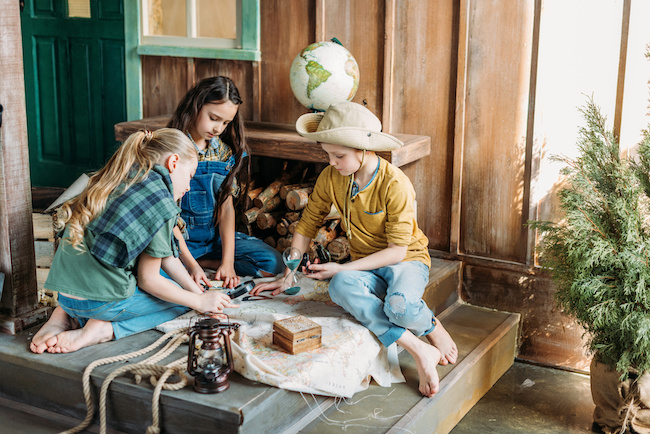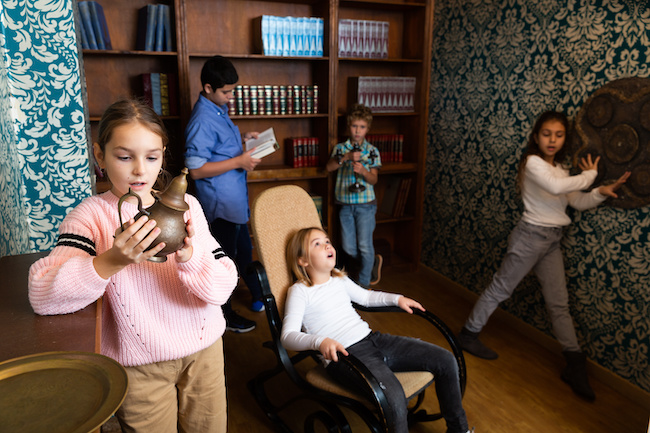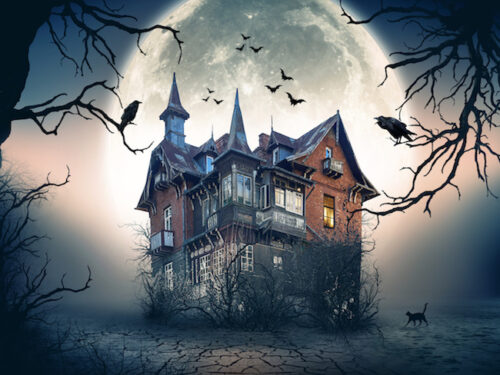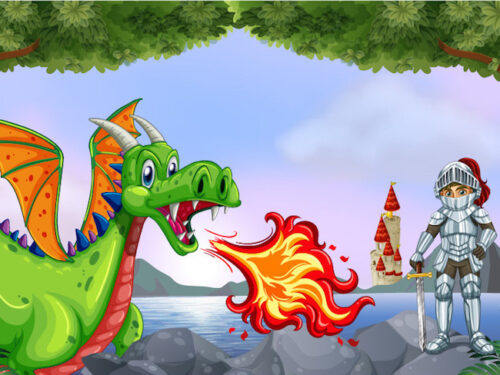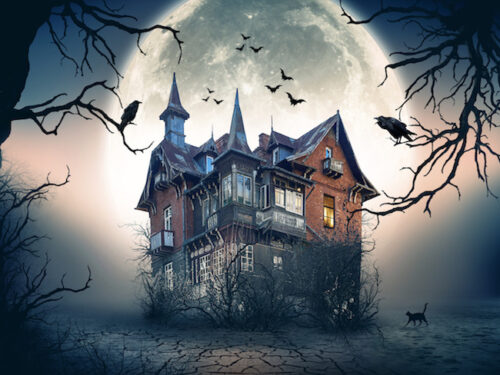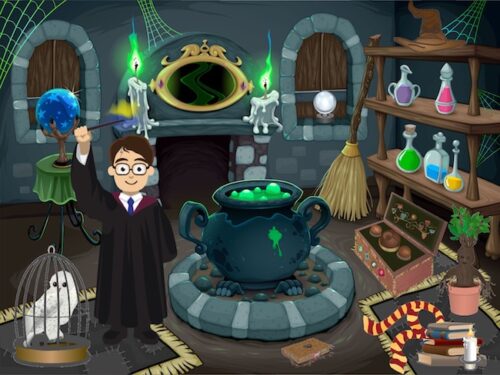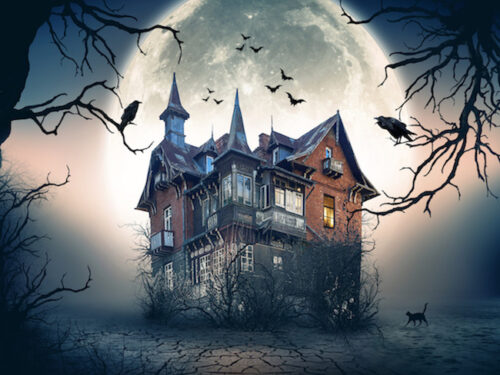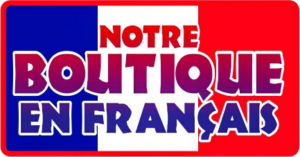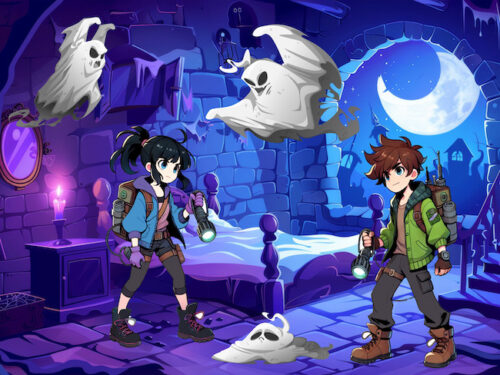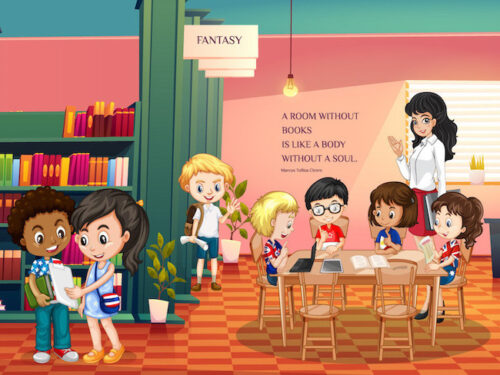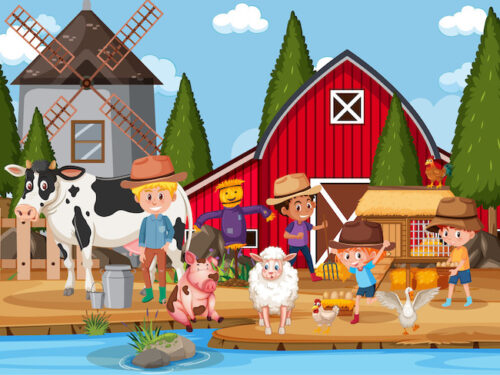Unlocking Creativity with Original Puzzles and Challenges for Creating Kids’ Escape Rooms. Escape rooms have become a popular activity that combines excitement, problem-solving, and teamwork. While they are traditionally designed for adults, there’s no reason why children shouldn’t join in on the adventure. Creating escape rooms specifically tailored to kids can be an incredibly rewarding experience, providing them with an immersive and educational activity that sparks their imagination.
To make the kids’ escape room experience truly memorable, it’s essential to infuse it with a sense of originality. By crafting unique puzzles and challenges, you can captivate their young minds and keep them engaged throughout the adventure. The magic lies in creating puzzles that are age-appropriate, challenging, and, above all, fun.
Not only do original puzzles and challenges enhance the overall experience, but they also nurture children’s problem-solving skills, critical thinking abilities, and teamwork. By designing escape rooms that ignite their creativity, you can create moments of excitement, wonder, and discovery.
In this article, we will delve into the power of originality when it comes to creating escape rooms for children. We’ll explore various strategies for generating innovative riddles and challenges, ensuring that each step of the escape room journey is filled with surprises and delight. Furthermore, we’ll provide you with a collection of ideas for original puzzles and challenges suitable for children of all ages.
Get ready to unlock the doors to imagination and embark on an adventure filled with brain-teasing puzzles and collaborative challenges. Let’s dive into the world of kids’ escape rooms and unlock the endless possibilities of creative problem-solving.
Check out all our treasure hunt games to liven up a birthday party for children from 4 to 12 years old.
The Power of Originality in Kids’ Escape Rooms
When it comes to designing escape rooms for children, originality is the key ingredient that elevates the experience from ordinary to extraordinary. Children have boundless imaginations and an innate curiosity that can be tapped into through unique puzzles and challenges.
By infusing your escape room with originality, you create an atmosphere of wonder and excitement. Each puzzle becomes a door to unlock, revealing new surprises and mysteries to unravel. Originality ensures that children are fully engaged, as they encounter puzzles they’ve never seen before and face challenges that require them to think outside the box.
Moreover, original riddles and challenges make the escape room experience more memorable. Children will reminisce about the clever clues, the “aha” moments of solving a particularly tricky puzzle, and the sense of accomplishment that comes from unlocking each step of the adventure. These memories will stick with them, igniting their enthusiasm for future escape room endeavors.
In addition to the lasting impact on children’s memories, originality plays a crucial role in developing their problem-solving and critical thinking skills. By presenting unique challenges, you encourage children to approach problems from different angles, fostering their ability to think creatively and logically. These skills extend beyond the escape room and can be applied to various aspects of their lives, from academics to personal growth.
As you embark on the journey of creating a kids’ escape room, remember that originality is the magic ingredient that will make the experience truly exceptional. With each puzzle you design, let your imagination soar and embrace the joy of crafting puzzles and challenges that will captivate young minds. Stay tuned for the upcoming sections, where we’ll dive into strategies for generating innovative ideas and explore a collection of original riddles and challenges perfect for kids’ escape rooms. Get ready to unlock their potential and embark on an adventure they’ll never forget.
Generating Innovative Puzzles and Challenges for Kids’ Escape Rooms
Creating original puzzles and challenges for kids’ escape rooms is an exciting and creative process. To generate innovative ideas that will captivate young adventurers, consider the following strategies:
Draw Inspiration from Children’s Interests:
Take cues from their favorite books, movies, or video games. Incorporate elements and references that resonate with them, making the experience familiar and engaging.
Consider their hobbies, such as animals, sports, or fantasy themes. Use these as inspiration to craft puzzles that align with their passions.
Embrace Fantasy and Adventure:
- Tap into the limitless world of imagination. Introduce magical creatures, mystical realms, or hidden treasures to spark wonder and excitement.
- Craft challenges that transport children to fantastical settings where they can become heroes on daring quests.
Cater to Different Learning Styles:
- Remember that children have diverse learning preferences. Some may be visual learners, while others respond better to auditory or hands-on experiences.
- Design puzzles and challenges that cater to different learning styles. Include visual puzzles, audio clues, or tactile tasks to engage children with varied approaches.
Encourage Exploration and Discovery:
- Kids love to explore and discover hidden secrets. Create puzzles that require them to search the room, find concealed clues, or unravel mysteries piece by piece.
- Design challenges that encourage curiosity and reward their keen observation skills.
Incorporate Collaborative Elements:
- Foster teamwork and cooperation by including challenges that require group efforts to solve.
- Design puzzles where children must combine their strengths, share information, and communicate effectively to progress.
Develop a Narrative or Theme:
- Engage children with a compelling story or theme that ties the puzzles together.
- Create an immersive experience by weaving a narrative that unfolds as they solve each challenge, making them feel like they’re part of an epic adventure.
Remember, the goal is to create riddles and challenges that are age-appropriate, challenging enough to stimulate their minds, and, most importantly, fun and engaging. Stay tuned for the next section, where we’ll present a range of original puzzles and challenges specifically curated for kids’ escape rooms. Let your imagination run wild as you embark on the quest to craft an unforgettable escape room experience for young adventurers.
Ideas for Original Puzzles and Challenges for Kids’ Escape Rooms
Are you ready to dive into a world of imaginative puzzles and exhilarating challenges? In this section, we’ll present a collection of original riddles and challenges that are perfect for kids’ escape rooms. These ideas will ignite their curiosity, test their problem-solving skills, and keep them fully engaged throughout the adventure.
Physical Challenges:
- Create obstacle courses that require agility, balance, and coordination to navigate.
- Incorporate challenges like crawling through tunnels, crossing wobbly bridges, or maneuvering through laser beams (simulated, of course!).
- Integrate hands-on tasks that involve manipulating objects, such as assembling a puzzle or using tools to unlock compartments.
Visual Puzzles:
- Hide objects or symbols within the room and provide visual clues that lead children to their locations.
- Incorporate pattern recognition puzzles, where children must identify sequences or match symbols to solve the puzzle.
- Utilize color-based puzzles, where children must arrange colored objects or decode color patterns to progress.
Logic and Deduction:
- Design riddles that require logical reasoning, such as math-based puzzles or pattern extrapolation.
- Introduce codes and ciphers that need to be decoded using logic and deduction.
- Include hidden messages or secret compartments that reveal crucial clues when solved correctly.
Collaborative Challenges:
- Create puzzles that require teamwork and collaboration to solve.
- Develop tasks where children must work together to combine information or coordinate actions simultaneously.
- Implement challenges that necessitate communication and sharing of findings to progress.
Story-based Elements:
- Craft a compelling narrative or theme for the escape room adventure.
- Develop puzzles that are integral to the story, with each solution advancing the plot.
- Incorporate interactive storytelling elements, where children uncover the story’s next chapter by solving puzzles and finding clues.
Remember to adapt the difficulty level of the puzzles based on the age group of the children. Maintain a balance between challenging and achievable tasks, ensuring that children experience the thrill of solving each puzzle while feeling a sense of accomplishment.
With these original puzzles and challenges, you’ll create an escape room experience that sparks their imagination, fosters critical thinking, and provides endless entertainment. So, gather your materials, prepare your clues, and get ready to embark on an adventure filled with mind-bending puzzles and collaborative triumphs. The excitement awaits!
Adapting Challenges for Different Age Groups
One of the key aspects of creating kids’ escape rooms is tailoring the challenges to suit different age groups. Adapting the difficulty level ensures that the puzzles are age-appropriate and provide an enjoyable experience for all participants. Here are some tips for adjusting the challenges based on the age range of the children:
Younger Children (5-8 years old):
- Keep the challenges simple and straightforward, focusing on basic problem-solving skills.
- Use visual cues and colorful props to engage their attention and make the puzzles more accessible.
- Incorporate tactile elements, such as shape sorting or matching games, to encourage hands-on exploration.
- Provide clear instructions and guidance to help them understand the objectives of each puzzle.
Preteens (9-12 years old):
- Introduce more complex puzzles that require logical reasoning and critical thinking.
- Increase the number of steps or layers within the puzzles, allowing for a gradual progression of difficulty.
- Incorporate codes and ciphers that require decoding and deduction skills.
- Encourage collaboration by designing puzzles that necessitate teamwork and communication.
Teenagers (13-16 years old):
- Offer challenging puzzles that require higher-level problem-solving skills and critical thinking.
- Integrate intricate puzzles, cryptic messages, and advanced ciphers to engage their analytical abilities.
- Incorporate thematic elements that appeal to their interests and immerse them in the narrative.
- Provide fewer hints or clues, encouraging them to rely on their own problem-solving strategies.
It’s essential to strike a balance between providing an enjoyable challenge and avoiding frustration. Remember that children within the same age group may have varying abilities, so be prepared to make adjustments accordingly. Observing their engagement and offering assistance when needed can ensure a rewarding experience for everyone involved.
By adapting the challenges to different age groups, you create an inclusive and exciting atmosphere where children can thrive and experience the satisfaction of unraveling puzzles at an appropriate level. Now that you have a better understanding of how to customize the challenges, get ready to create an escape room adventure that caters to the unique abilities and interests of each age group. Let the puzzling fun begin!
Tips for Creating an Immersive Experience
To elevate your kids’ escape room and make it an unforgettable adventure, it’s crucial to focus not only on the puzzles but also on creating an immersive experience. Here are some tips to enhance the overall atmosphere and make the escape room truly captivating:
Atmosphere and Setting:
- Set the stage by decorating the room to match the theme or narrative. Use props, themed lighting, and appropriate music to create a visually appealing and immersive environment.
- Pay attention to details such as wall decorations, themed posters, or even background sounds that add depth to the setting.
- Consider incorporating special effects like fog machines, dimmed lighting, or UV lights to enhance the ambiance and create a sense of mystery.
Audio and Visual Cues:
- Utilize sound effects and background music to enhance the atmosphere and evoke the desired emotions. For example, suspenseful music can heighten the tension during critical moments.
- Incorporate audio clues or recorded messages that guide children through the escape room, providing additional layers of engagement and immersion.
- Integrate visual cues, such as symbols or images, that provide hints or help solve puzzles. These can be hidden in plain sight or revealed through the use of blacklight or other creative methods.
Props and Clues:
- Introduce tangible objects and props that children can interact with. These physical elements add realism and enhance the sense of discovery.
- Hide clues within the props or objects, prompting children to examine and manipulate their surroundings to progress.
- Consider creating hidden compartments, secret doors, or lockboxes that require specific actions or combinations to unlock.
Time Constraints:
- Set time limits to create a sense of urgency and excitement. This adds an element of challenge and encourages children to work efficiently as a team.
- Display a countdown timer or use a digital clock to create a visible reminder of the remaining time.
- Provide occasional reminders or updates on the remaining time to keep participants engaged and focused.
By implementing these tips, you’ll transform your kids’ escape room into an immersive and thrilling experience. The combination of visual and audio cues, along with interactive props and a sense of time pressure, will immerse children in the adventure, heighten their excitement, and deepen their engagement with the puzzles.
Remember, the goal is to create an environment that transports children into a different world, igniting their imaginations and making them forget the outside world. With careful attention to atmosphere, audiovisual cues, and props, you’ll create an escape room that feels like stepping into an extraordinary realm of adventure.
Take a look at our police investigation games to organize a great detective game!
By incorporating original puzzles and challenges, adapting them to different age groups, and creating an immersive experience, you can design an exceptional escape room for children. Spark their curiosity, foster their problem-solving skills, and ignite their sense of wonder as they embark on a thrilling journey of brain-teasing puzzles and collaborative triumphs.
Whether they are exploring hidden treasures, cracking secret codes, or unraveling mysteries, the memories they create within your escape room will last a lifetime. So, let your creativity soar, embrace the power of originality, and craft an escape room experience that leaves children excited, inspired, and hungry for more. Get ready to unlock their imaginations and watch as they become the heroes of their own escape room adventure!
Creating kids’ escape rooms filled with original puzzles and challenges is a remarkable way to engage young adventurers and provide them with an unforgettable experience. By infusing the escape room with a sense of originality, you can captivate their imaginations, stimulate their problem-solving skills, and foster their teamwork abilities.
Throughout this article, we have explored the power of originality in designing kids’ escape rooms. We’ve discussed strategies for generating innovative ideas and provided a range of unique riddles and challenges suitable for children of all ages. By adapting the difficulty level, incorporating immersive elements, and tailoring the experience to different age groups, you can ensure that every child finds joy and excitement in your escape room.
Remember, the ultimate goal is to create an environment where children can unleash their creativity, immerse themselves in thrilling narratives, and unlock the doors to their imagination. These escape rooms offer an opportunity for young adventurers to embark on exciting quests, solve mind-bending puzzles, and celebrate their triumphs together.
So, gather your team, prepare your props, and let your creativity soar as you embark on the journey of creating a kids’ escape room that will leave a lasting impression. Watch as children’s eyes light up with excitement and wonder, and witness the joy they experience when they crack each code and unravel every mystery.
Get ready to create an adventure that transcends the boundaries of traditional play, as children become the heroes of their own stories. Embrace originality, foster creativity, and ignite the passion for exploration in the hearts of young adventurers. The possibilities are endless, and the memories created within your escape room will be cherished for a lifetime.


